The biggest 4-6-2 Pacific came from a surprisingly small railroad.
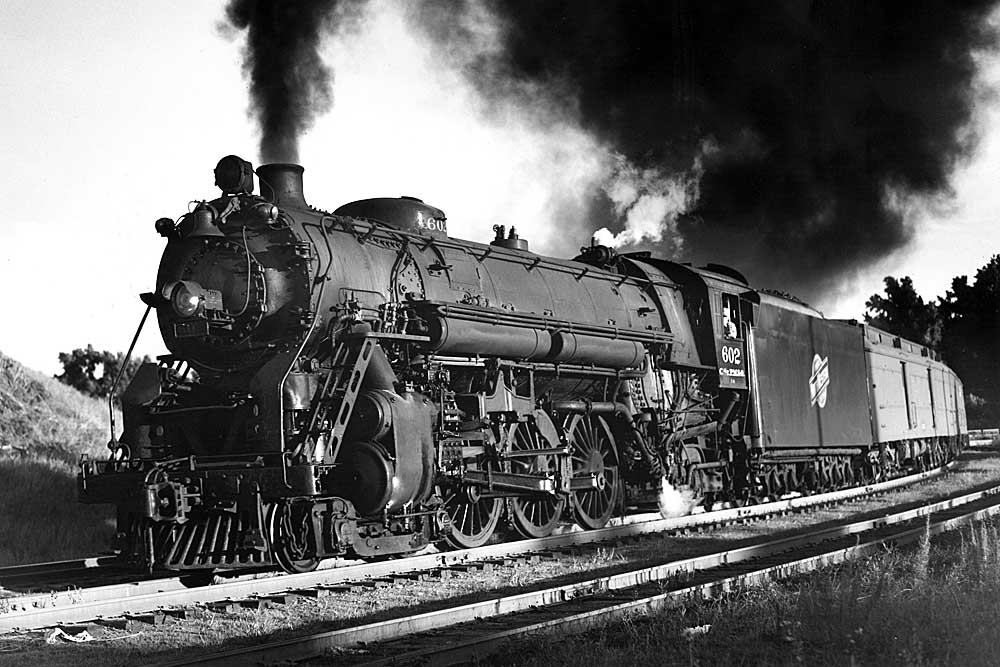
Any history of the American steam locomotive must save some superlatives for the 4-6-2 Pacific. The wheel arrangement allowed a wide variety of design and performance, such that approximately 6,000 were manufactured in the first half of the 20th century, all in the name of hauling people. As Trains Editor David P. Morgan noted in a 1988 essay, “History will record the Pacific as the majority passenger locomotive of this century because its inception and development coincided with the peak season of rail passenger traffic.”
Several big carriers fielded big rosters of Pacifics, chief among them the Pennsylvania Railroad, which fielded 696, including 425 in its legendary K4s class. Most railroads bought basic USRA-design Pacifics that, even listed as “heavy,” were rather modest-size engines. Other carriers — notably Santa Fe, Jersey Central, and Chesapeake & Ohio — bought truly large Pacifics. But leave it to an obscure Midwestern railroad — Chicago, St. Paul, Minneapolis & Omaha, the “Omaha Road” — to operate the biggest 4-6-2 Pacific of all, its E-3 class. As a subsidiary of Chicago & North Western, the CStPM&O was obliged to use the E-3s to haul the Minneapolis-Chicago North Western Limited on tight schedules between the Twin Cities and Elroy, Wis., as well as other C&NW trains.
The E-3 class was obscure, to be sure: only three engines, all built by Alco in 1930, numbered 600-602. But they weighed in at a whopping 347,000 pounds, heavier than Santa Fe’s huge 3400-class machines rebuilt in 1934 from earlier engines and each weighing in a 338,000 pounds. Although the Omaha Road initially considered moving beyond its earlier E-2 4-6-2s to the 4-6-4 wheel arrangement, it settled on this “super” 4-6-2 to accommodate the railroad’s 90-foot turntables; the E-3 measured 87 feet in length, with some overhang on the turntables.
Among other attributes, the E-3s boasted 75-inch drivers, multiple throttles, Baker valve gear, and Franklin boosters, all of which added up to an impressive 64,600 pounds of tractive effort. Their tenders hauled 14,000 gallons of water and 16 tons of coal. Modernization after World War II would include the addition of roller bearings but the boosters were removed on account of maintenance costs.
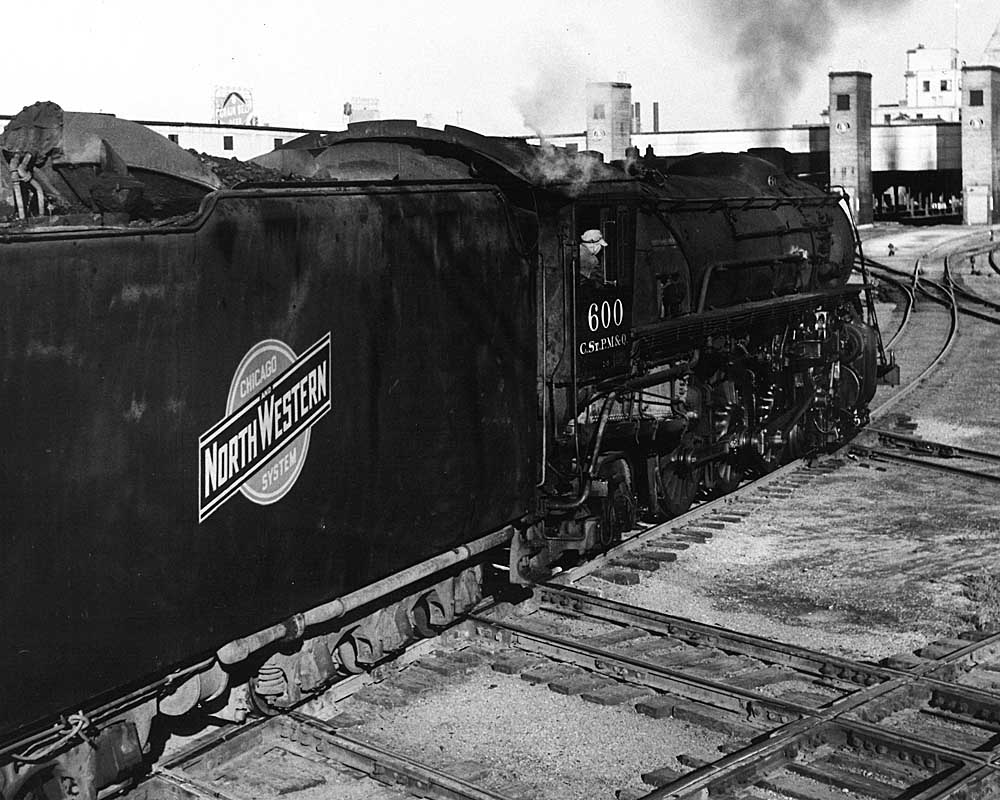
In his history of the CStPM&O, historian Stanley H. Mailer extolled the E-3 as the ultimate in Omaha Road motive power. “What Omaha got was a massive modern Pacific that filled its needs. One of the most remarkable engines in the Midwest, the E-3s routinely operated as far east as Milwaukee’s lakefront station.”
Thus, a rather small railroad — just over 1,600 route miles — could claim it operated the biggest 4-6-2 Pacific.






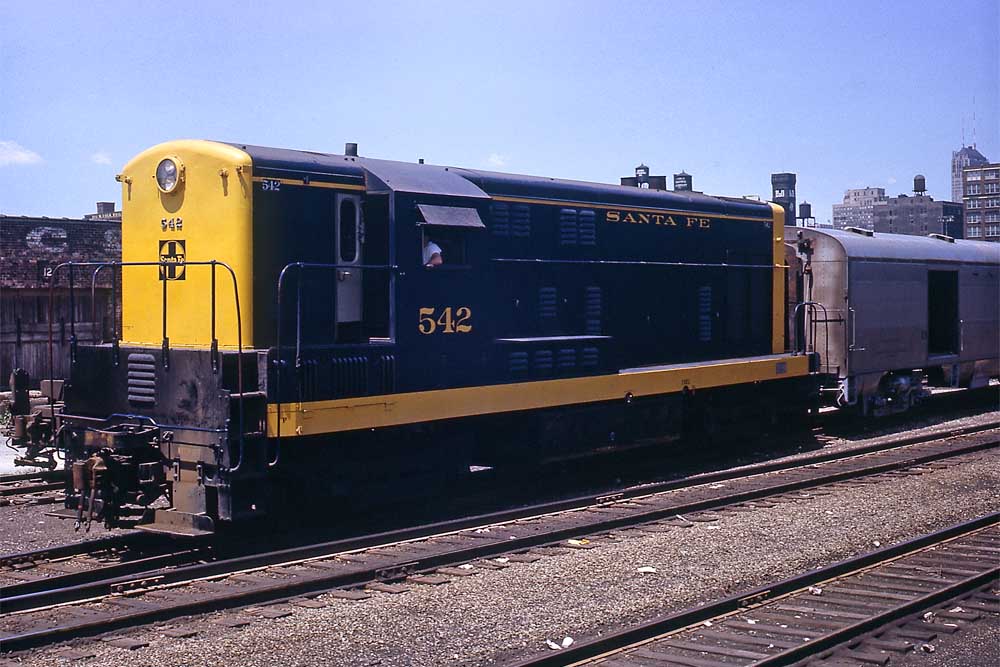
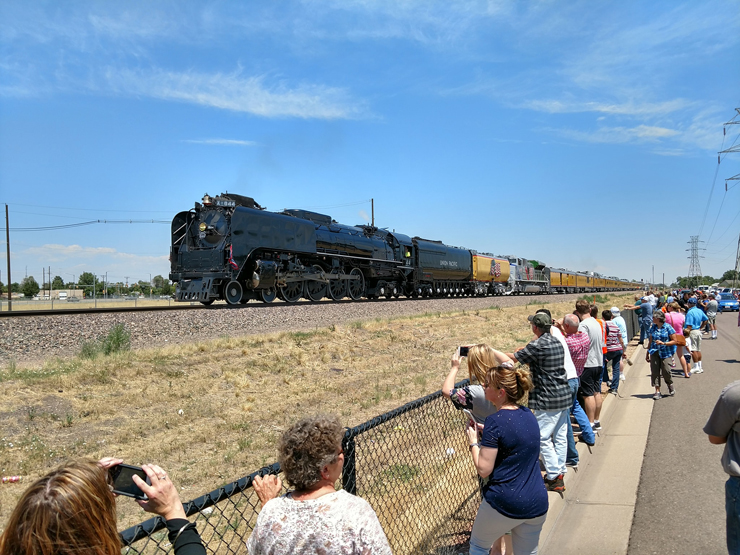

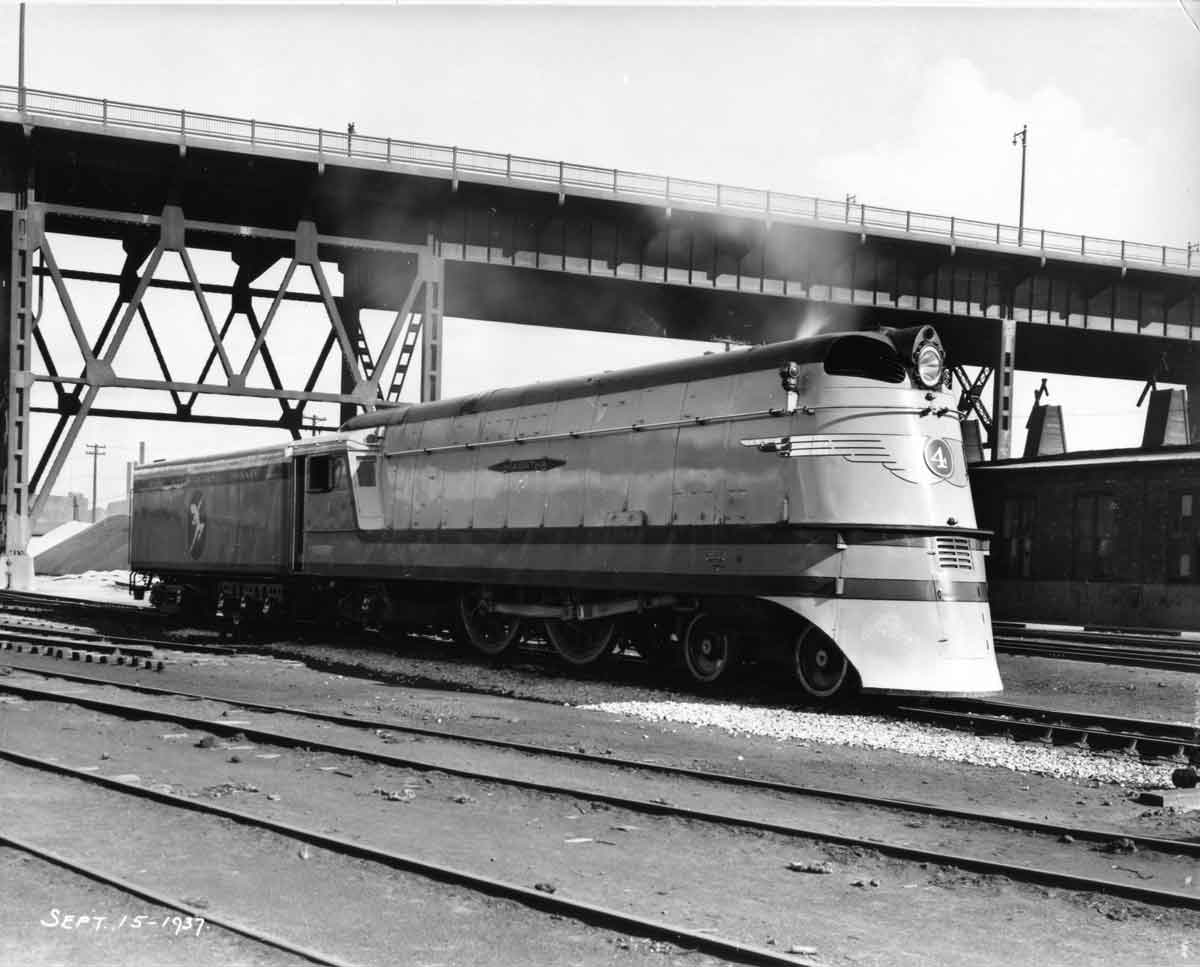




Great article. It’s a shame none were saved – or really any big Omaha/C&NW power. One nitpick – the engine in the Minneapolis photo is coming from the coach yard to go into the Minneapolis GN Station to begin its run. It’s crossing the GN mainline to go into the station from the coach yard which was to the north. The site of the coach yard is all covered by development today.